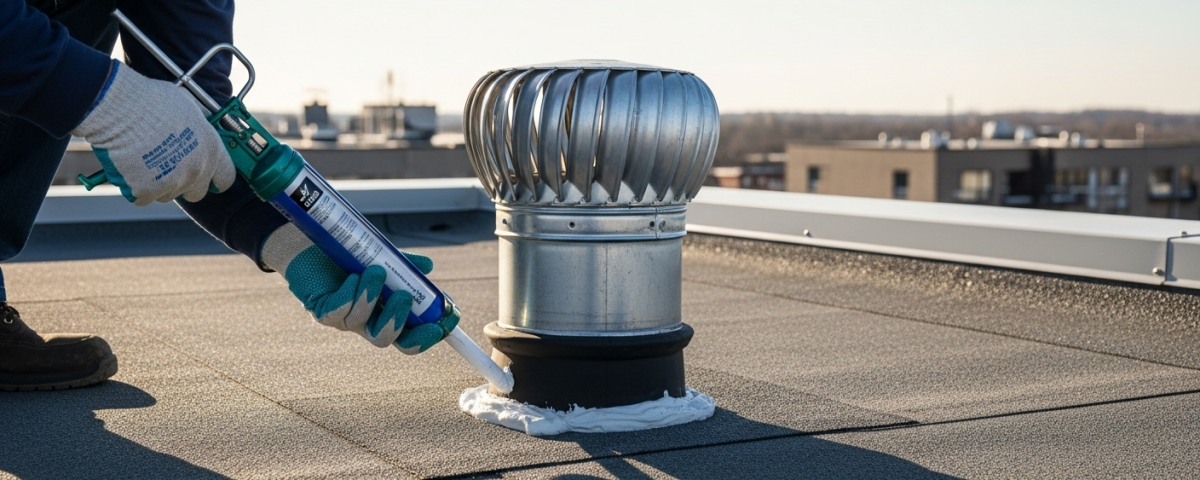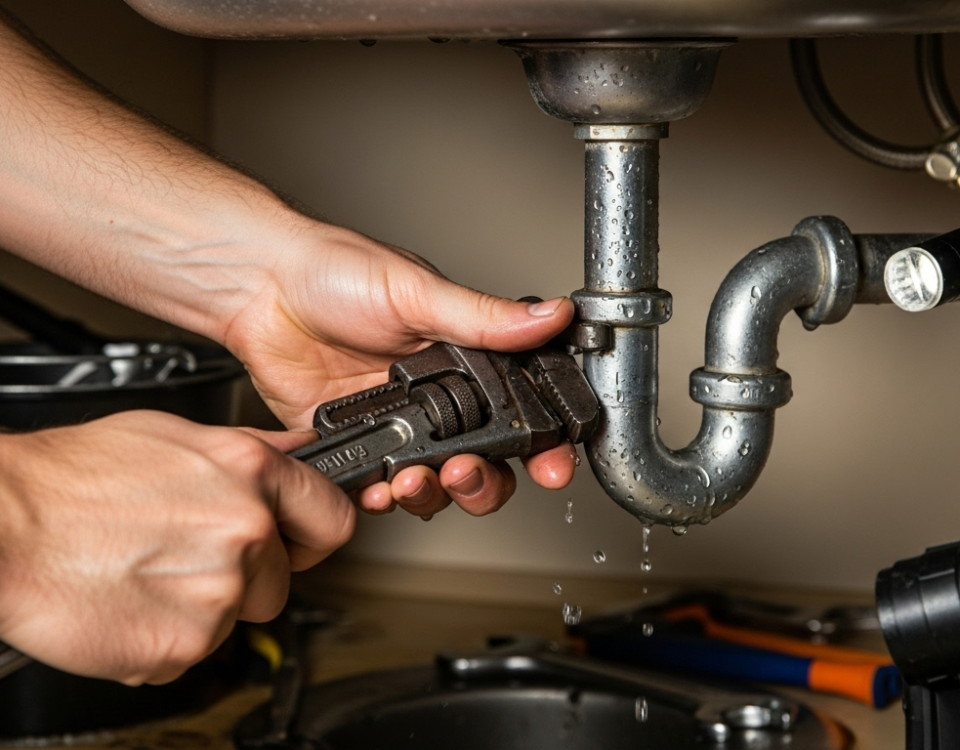Seal Roof Penetrations: Stop Costly Leaks

Why Roof Vents Matter for Odorless, Fast Drains
October 7, 2025
Why Professional Plumbing Matters More Than Ever
October 21, 2025Your roof might consist of the most durable materials, and your plumbing could be of the highest quality, yet the vast majority of roof leaks—up to 90% in certain instances—do not occur in the center of a shingle or tile. Instead, they arise at the penetrations—the small openings through which plumbing pipes, air vents, chimneys, or satellite dishes pass through the roof surface.
These penetrations, which account for less than 5% of your roof's overall surface area, represent its most susceptible points. During Malaysia's intense monsoon season, water will inevitably seek the path of least resistance through a compromised seal, resulting in significant issues within your home.
1. The Critical Role of Flashing
Flashing refers to the slender material, typically composed of metal or plastic, that is employed to seal the joints and transitions on a roof, particularly at the points where it intersects with a vertical surface. It serves as the most crucial barrier against water intrusion at any penetration point.
-
Step Flashing: Used where a vertical wall meets the roof slope (like at a dormer). It's installed in overlapping, stair-step pieces, forcing water down and over the roof.
-
Pipe Flashing (Boots): These are flexible rubber or metal collars placed over vent pipes to create a watertight seal where the pipe exits the roof. The rubber gasket degrades over time from UV exposure.
-
Valley Flashing: Used in the "V" where two roof planes meet. A failure here can result in a massive channelized leak.
2. The Plumbing & Ventilation Vents
Two of the most common leak-points are the plumbing vent pipes and attic/exhaust vents.
-
Plumbing Vents: These vertical pipes stick out of your roof to regulate air pressure in your plumbing system, allowing water to drain properly. Their constant exposure to sun and rain causes the rubber or neoprene boot surrounding the pipe to crack, split, and deteriorate. Once this seal breaks, rainwater funnels directly into the wall cavity or attic space.
-
Attic Vents (Exhaust Vents): Designed to let hot, moist air out of the attic (a topic already covered on your site), the seams and edges of these metal or plastic housing units are susceptible to lifting or cracking, especially if they were not sealed properly during installation.
3. Signs That Your Seals Are Failing
Do not postpone addressing potential leaks in your living room. It is advisable to conduct a proactive inspection, preferably by a qualified professional, to identify these critical warning signs:
-
Cracked or Missing Caulking: The sealant around the edges of the flashing is the final defense. If it's hard, cracked, or crumbling, water will find its way underneath.
-
Curled or Cracked Boots: On plumbing vent pipes, visually inspect the rubber ring. If it’s brittle, split, or looks melted, it needs immediate replacement.
-
Rust on Metal Flashing: Rust indicates that the protective coating has worn off. For steel flashing, this means the material itself is compromised and may be failing.
-
Missing Shingles or Tiles Around Penetrations: Sometimes the wind or heavy rain loosens the materials immediately adjacent to the penetration, exposing the nail heads and flashing beneath.
The takeaway for homeowners: A robust roof is a system where the smallest parts (the seals and flashing) are just as important as the largest (the tiles and metal panels). To maintain a truly dry home, these vulnerable 5% spots require the most rigorous attention, best left to professionals who understand the critical intersection of roofing and plumbing integrity.
Conclusion
Safeguarding your residence against environmental factors and preserving its structural soundness necessitates meticulous attention to every aspect, particularly at the junctions of your roofing and plumbing systems.
The most susceptible 5% of your roof—the areas where vents and pipes penetrate—serve as the primary entry points for water damage. By ensuring that your flashing, vent boots, and sealants are installed by professionals and regularly inspected, you are taking the essential measure to avert concealed leaks that could lead to decay, mold, and expensive structural problems over time.
Do not wait for a conspicuous water stain. Make it a priority to maintain these vital seals to ensure your roofing system remains strong, your plumbing operates effectively, and your Malaysian home stays safe and dry for many years ahead.


